The birds of Radio New Zealand have been waking up with New Zealanders since 1979. Their varied calls are broadcast on Morning Report each day before the 7am news bulletin. For many, they symbolise a bright new day. For Giselle Clarkson, they present a creative challenge.
Giselle has been bringing these birds to life as illustrations shared them on Twitter within hours of them being played on air. She had the idea on Morning Report co-host Geoff Robinson’s last day, April 1, when he polished off close to 39 years at the helm to the call of a kōkako.
“I’m a huge bird fan and I’ve always thought the morning bird call was a nice tradition,” Giselle says. She likens it to “taking a deep breath” between all the financial and political news.
Drawing inspiration from folders filled with pictures of birds looking beak-first at the camera, she’s attempting capture the personalities of her feathered friends. And what strange personalities they have – from the falcon that spends most of its love life swapping dead birds mid-air with its lover, to the 50,000 penguins squeezed onto a tiny island in the Southern Ocean.
Giselle only committed to drawing each day for April, so today’s bird is the last – for now. “I'll have a break, but they're a lot of fun to draw so there's every chance I'll do them again soon.”
Here’s Giselle’s enchanting illustrations, paired with some knowledge about their varied behaviour and role in New Zealand’s ecosystems.
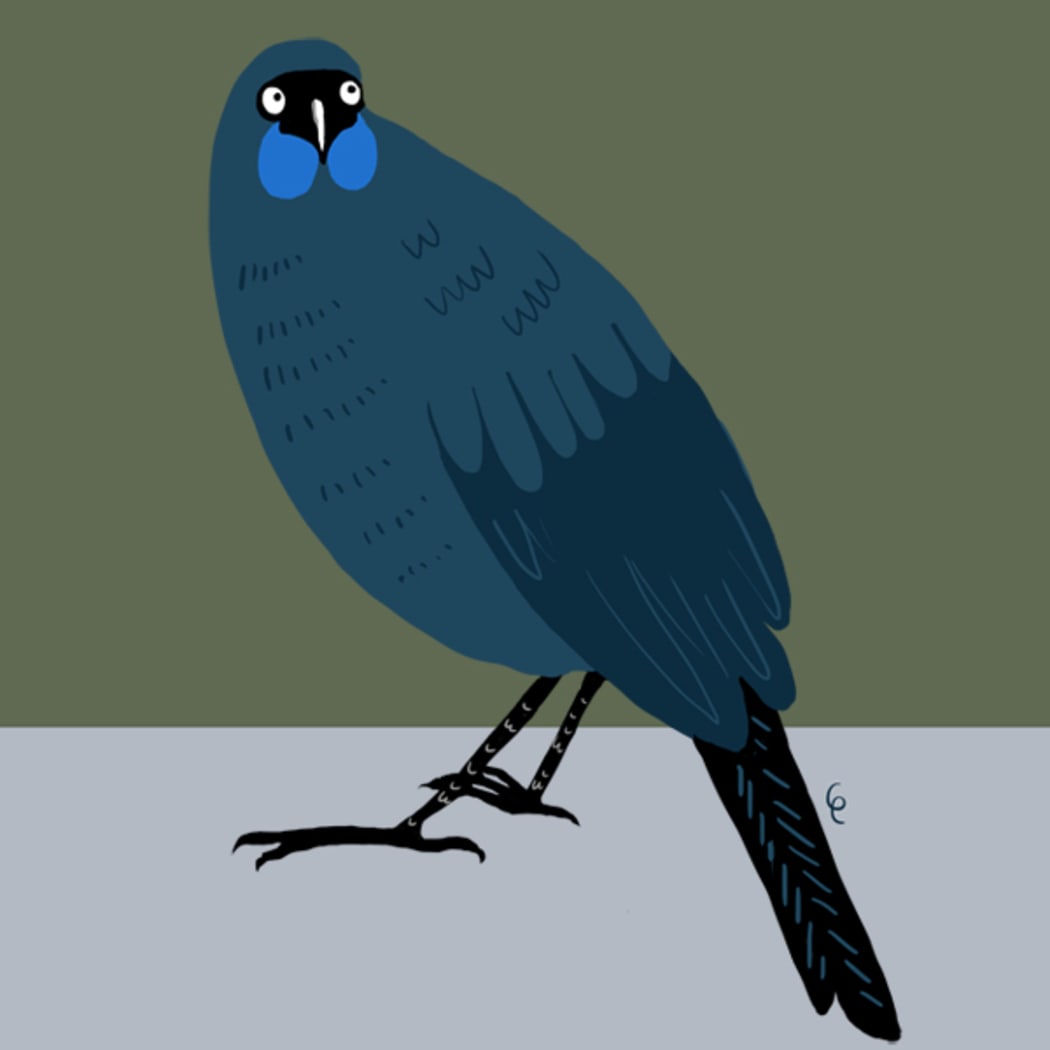
Photo: Unknown
When departing Morning Report host Geoff Robinson was offered the chance to choose the bird call for his last show, he went with his favourite, thekōkako. It’s known for its clear, organ-like song, with breeding pairs performing a melodic duet that can last for hours and carry for kilometres, making it an obvious choice of bird to wake up New Zealand.
A ruckus was caused recently when a kōkako showed up in the Auckland suburb of Glendowie. Affectionately named Duncan, the bird enchanted locals – and confused Department of Conservation rangers, as the nearest population of these endangered birds was located more than 30 kilometres away, in the Waitakere Ranges.
The adventures of Duncan were well-documented on his Twitter account, leaving his followers wondering “watt-le he do next?” But eventually, he was caught and returned to the Ranges, but not before he inspired a series ofkōkako-themed memes.
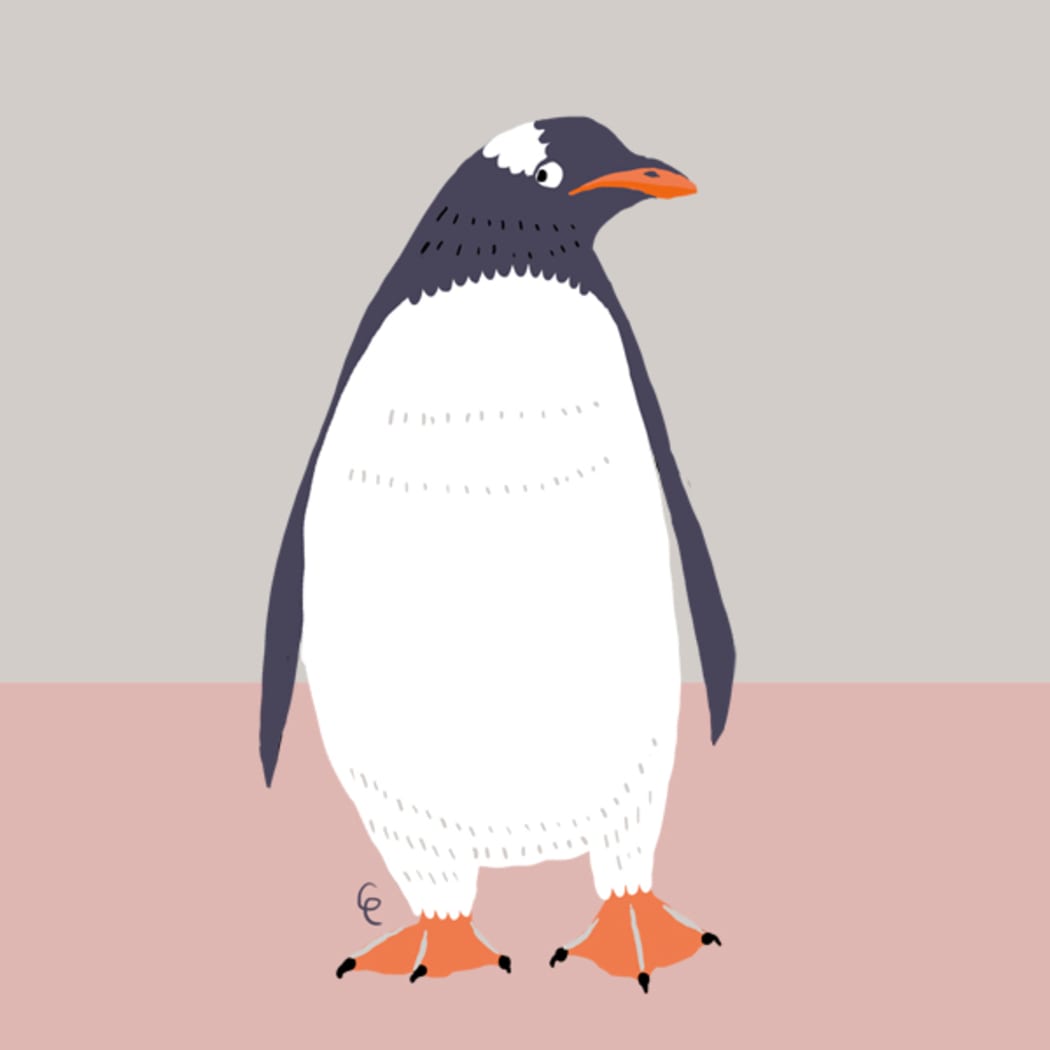
Photo: Unknown
This Gentoo Penguin was the first bird to air on the reboot of Morning Report, alongside new hosts Guyon Espiner and Susie Ferguson. Why start a new era with a bang when you can start with a honk? The Gentoo Penguin’s distinctive cry is often likened to a donkey bray and can reach over 80 decibels – the same volume that that one may expect to hear from a freight train.
His call might not be beautiful, but you can at least call it striking.
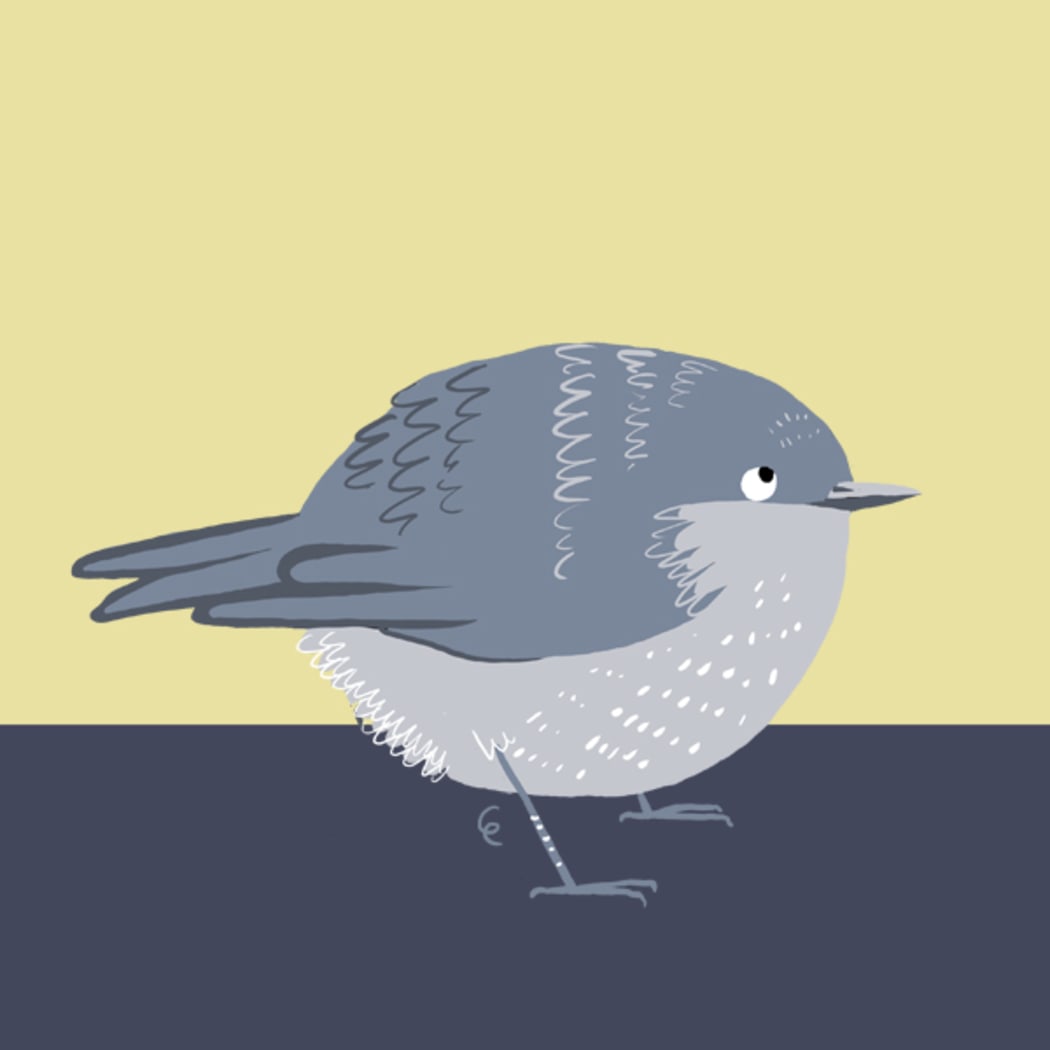
Photo: Unknown
You’re more likely to hear this little riroriro than you are to see it. Its trilled, warbling song has landed it the unofficial title of “the Beyoncé of the forest”.
If it weren’t for its long tail feathers, it would be New Zealand’s smallest endemic bird species, a title currently held by the slightly smaller rifleman.
These birds have it rough come breeding season, when it sometimes get landed with the chicks of other species – most notably the shining cuckoo, which will remove a single egg from the warbler’s nest, and replace it with one of its own.
Its trilled, warbling song has landed it the unofficial title of “the Beyoncé of the forest”.
The warbler doesn’t tend to realise and happily broods, eventually hatching a cuckoo chick. The cuckoo chick will then push the remaining warbler eggs from the nest and is raised alone. As the only mainland host for the shining cuckoo, the grey warbler is irreplaceable.
They say pantaloons are out of style, but check out how this guy rocking them.
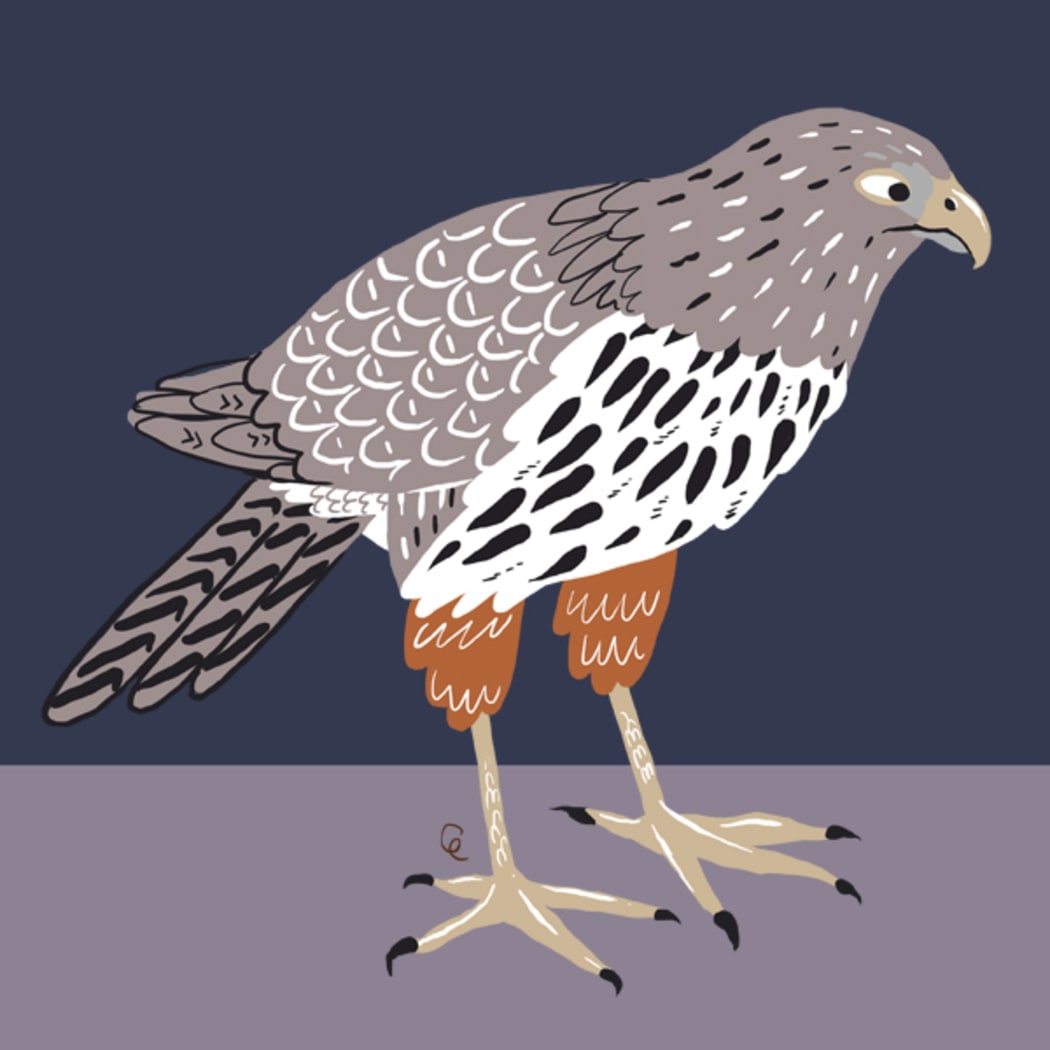
Photo: Unknown
The falcon breeding season hinges on an interesting aerial ballet performance that involves an unusual prop. The courting couple will swap a dead bird between each other mid-flight while barreling towards the ground in a series of impressive spirals and dives.
The lovers seek out small birds, caught during extreme chases that can reach speeds of up to 230 kilometres per hour. As such, falcons have been known to keep large areas clear of small birds, watching over their patch with a watchful eye and a fearsome call.
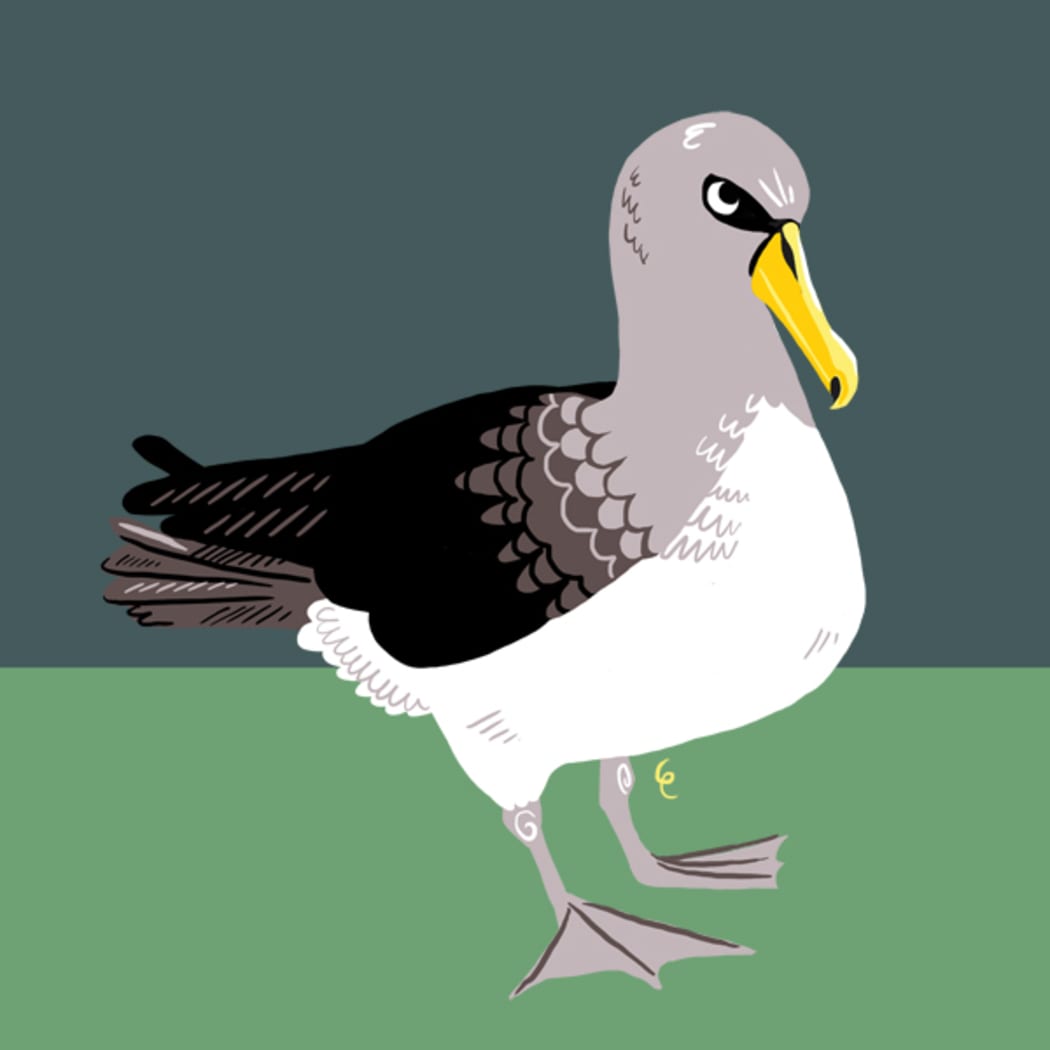
Photo: Unknown
The toroa will go months without seeing land. Cutting through the wind with its large wings, it lives the single life for its first eight years until finally, it returns to land for love.
Here, it takes part in an extravagant display. It will clack its beak and throw back its heads, letting others know that it is single and looking for a lifelong partner. Love is not given lightly by the albatross: one study, which looked at the breeding behaviour of 100 bird species that form long-term partnerships, found that albatrosses had the lowest “divorce rates”. They are completely faithful to one another and will return to land every two years to breed with the exact same partner. The males may be partial to occasional frivolity with another female, but will always return to their original breeding partner.
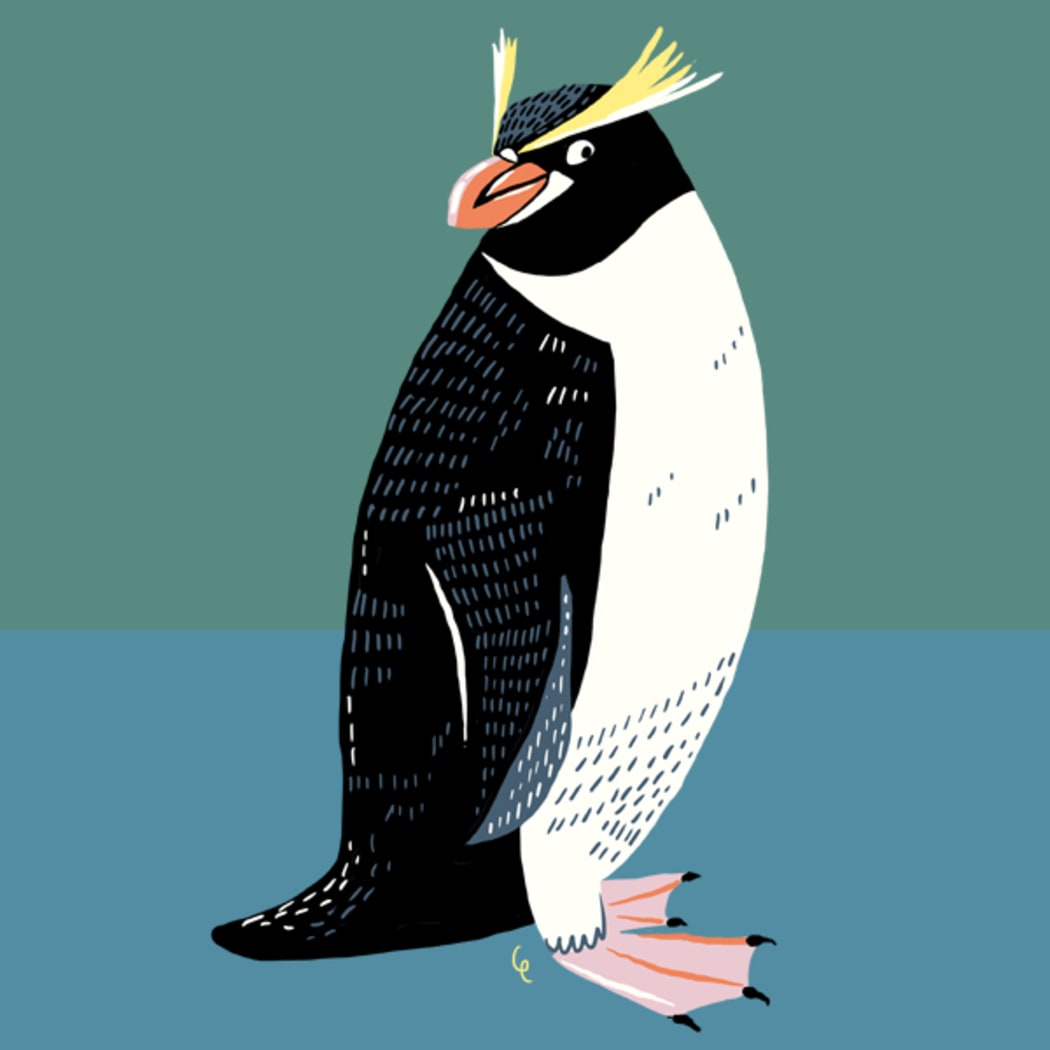
Photo: Unknown
The Snares Crested penguin and their honking great eyebrows are found on atiny island in the Southern Ocean. The Snares Islands cover just 3.5 square kilometres, but supports a penguin population of around 50,000. And as if seabird real estate wasn’t under enough pressure, sooty shearwaters arrive in their millions in the spring ahead of their summer breeding season. There are more seabirds nesting on these islands than there are seabirds in the entire British Isles.
Like all crested penguins, the Snares Crested Penguin lays two eggs but only raises one chick. This process, known as obligate brood reduction, could be a response to space and resource availability or as a defense against predators, but remains an unsolved mystery of the natural world.
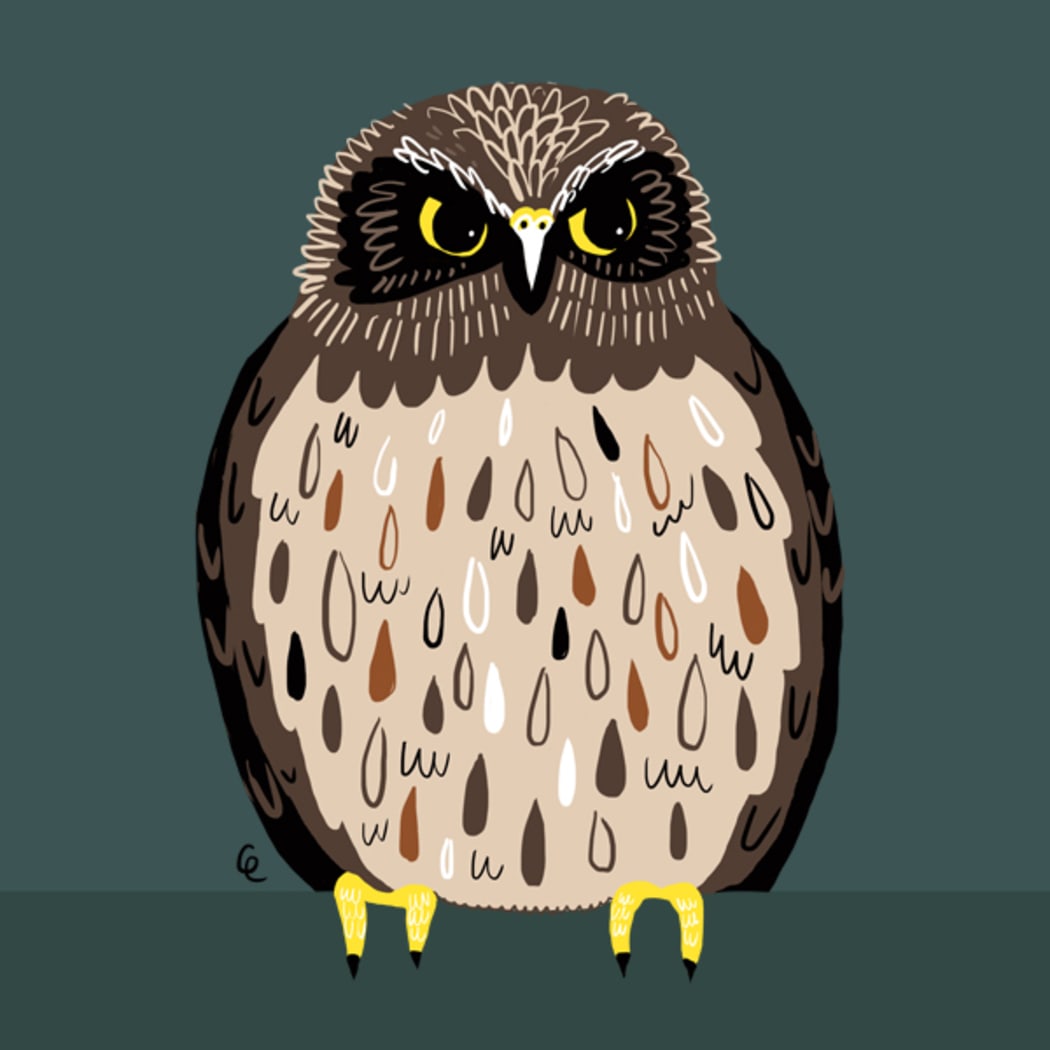
Photo: Unknown
Morepork are named for the sound of their call and spend their nights silently swooping through the forest in search of food. Though they are named for the sound of their call, their favourite food is anything that’s small enough to catch, from weta to small birds. They still do their part for conservation by taking rats and mice when possible.
Maori tradition suggests that their high-pitched, piercing call signifies bad news, while the more common “morepork” call was a sign of good tidings. Many associate ruru with the spirit world and believe they represent death. When one appears near a person’s home, it is thought to be a sign of a coming fatality in the family.
Mallards aren’t native to New Zealand. They were first introduced in 1870 and have been out-performing our native duck species ever since. They’re also partial to breeding with the native Grey Duck, making the plumage of New Zealand Mallards varied and rather dull in comparison to their counterparts overseas.
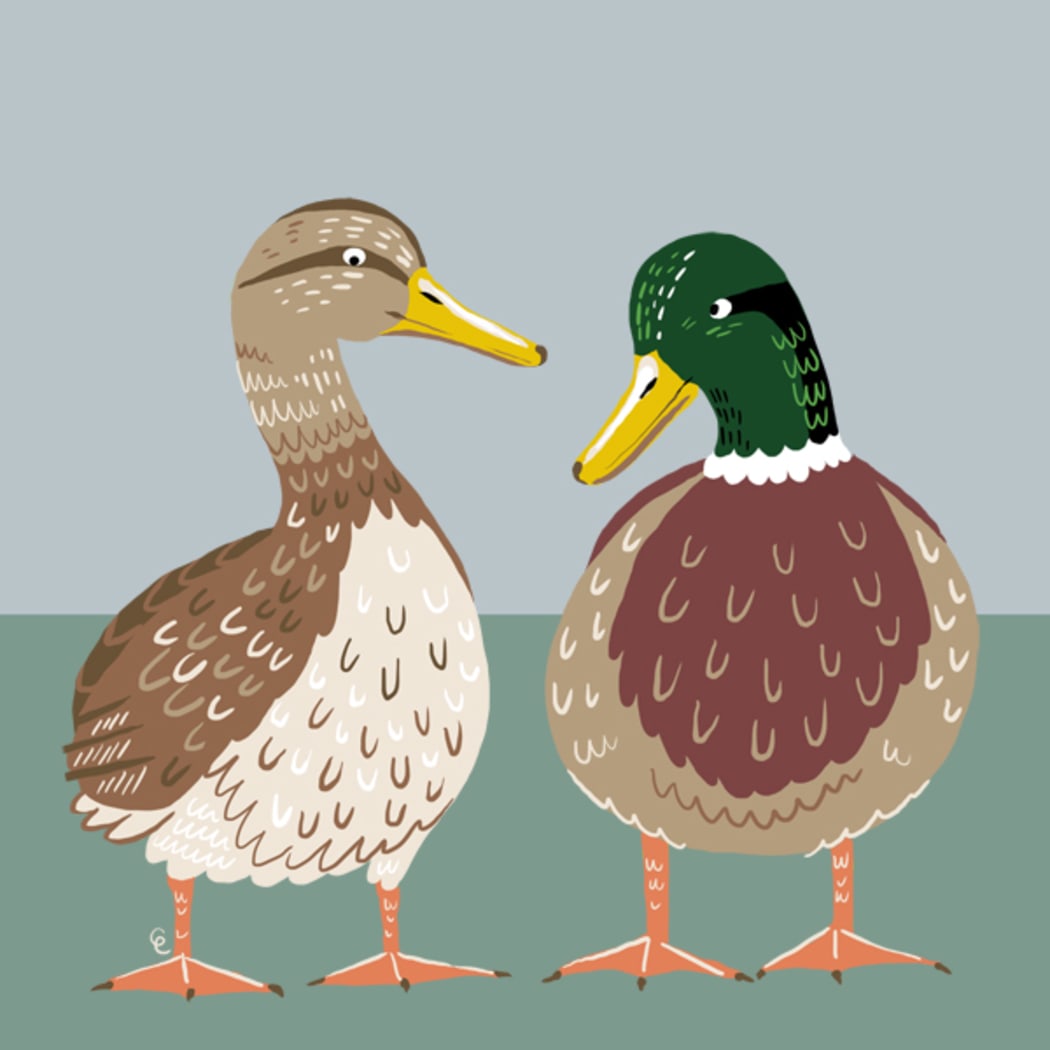
Photo: Unknown
One researcher observed a unique variation on this copulation style that ruffled the feathers of biologists: homosexual necrophilia in ducks. While it’s not unusual for ducks to form homosexual couples (one in ten of every duck couple are homosexual), this was the first recorded case of duck necrophilia.
This content is brought to you with funding support from New Zealand On Air.

